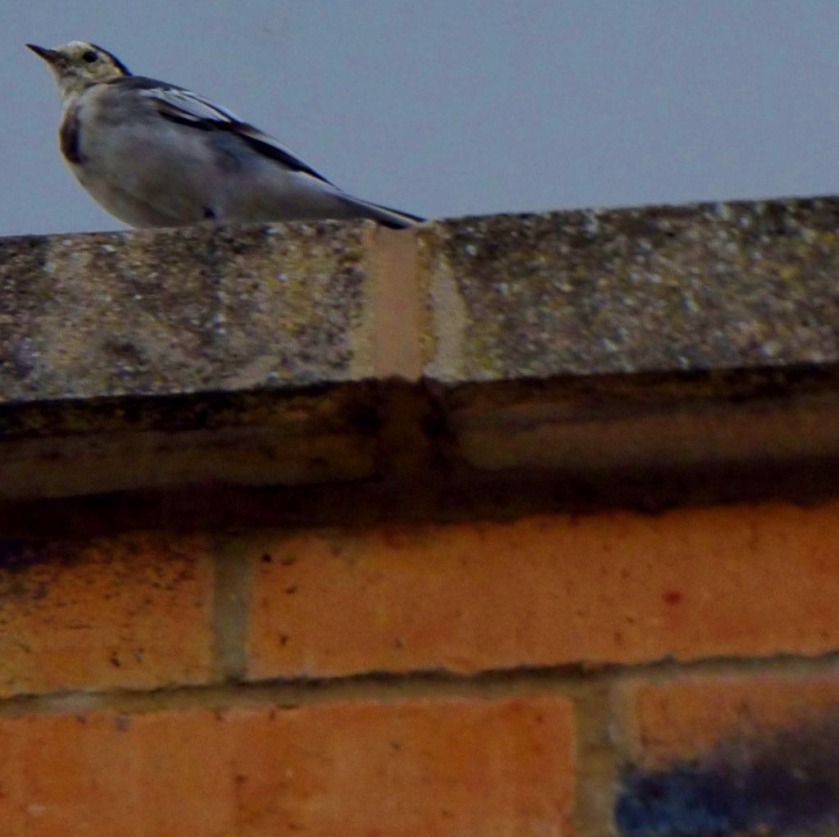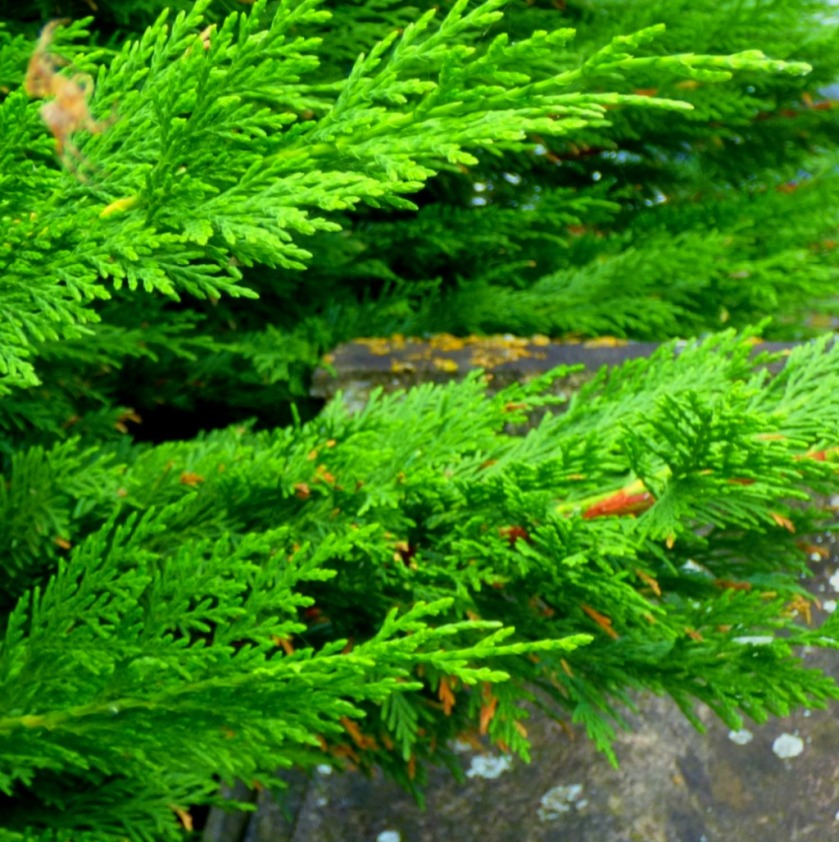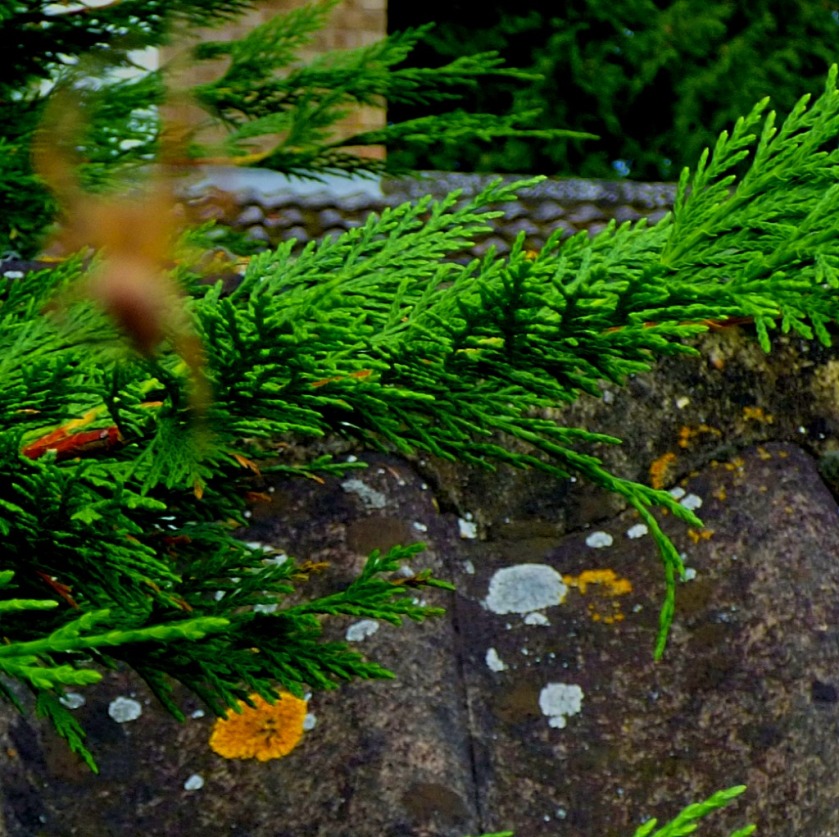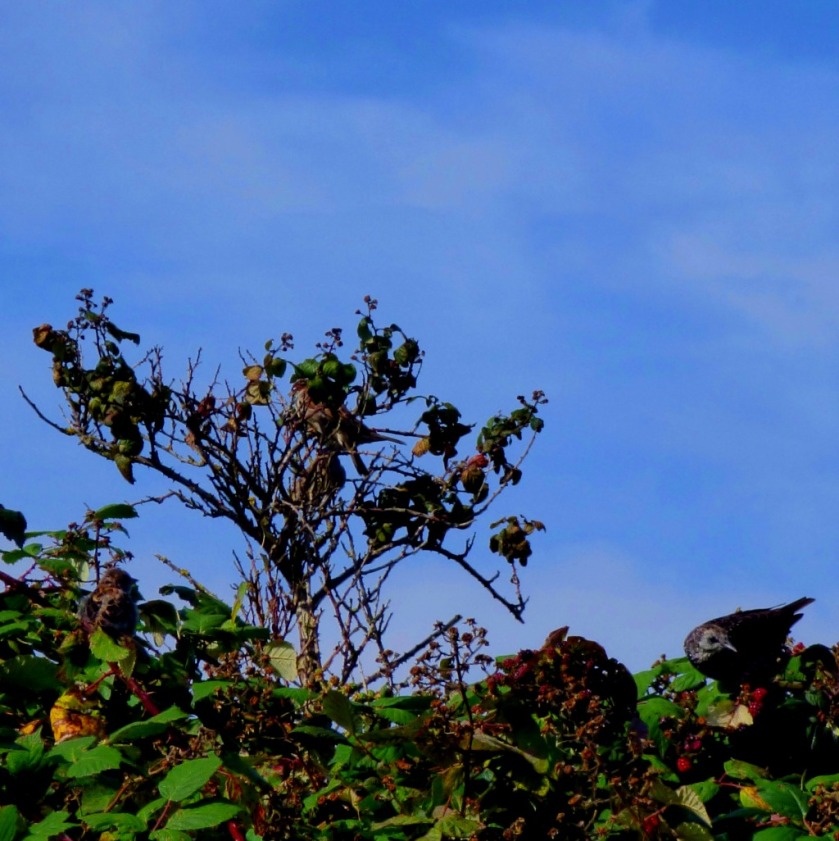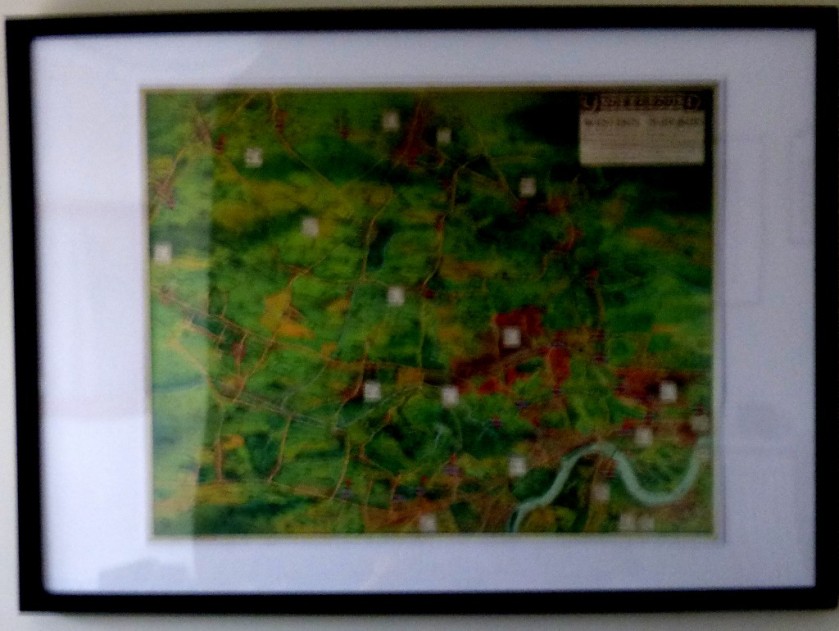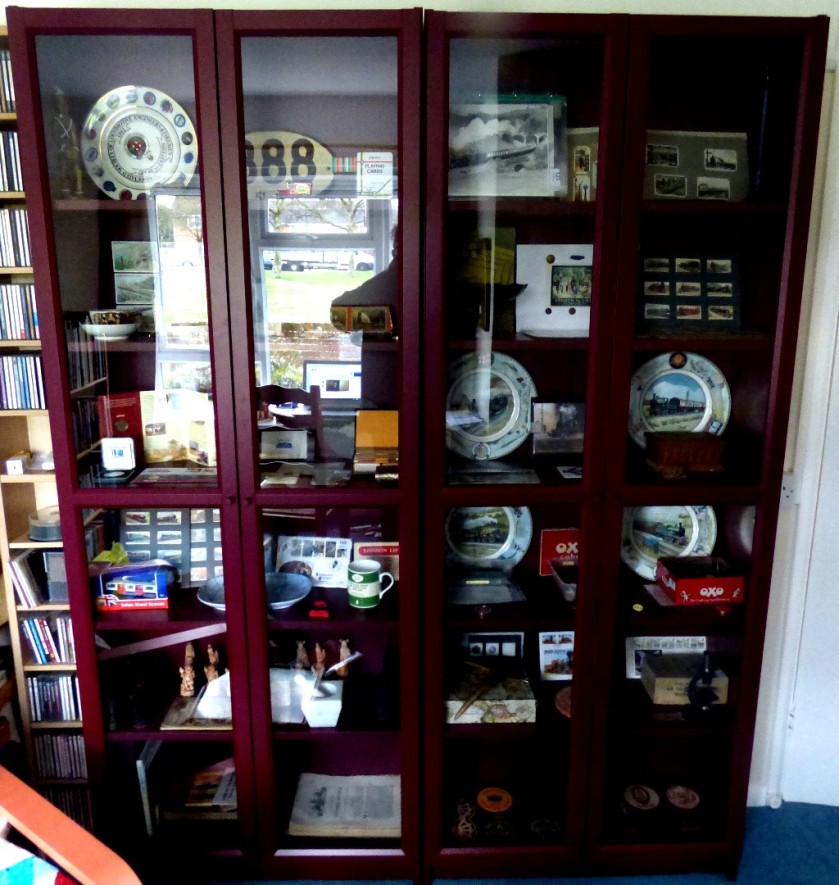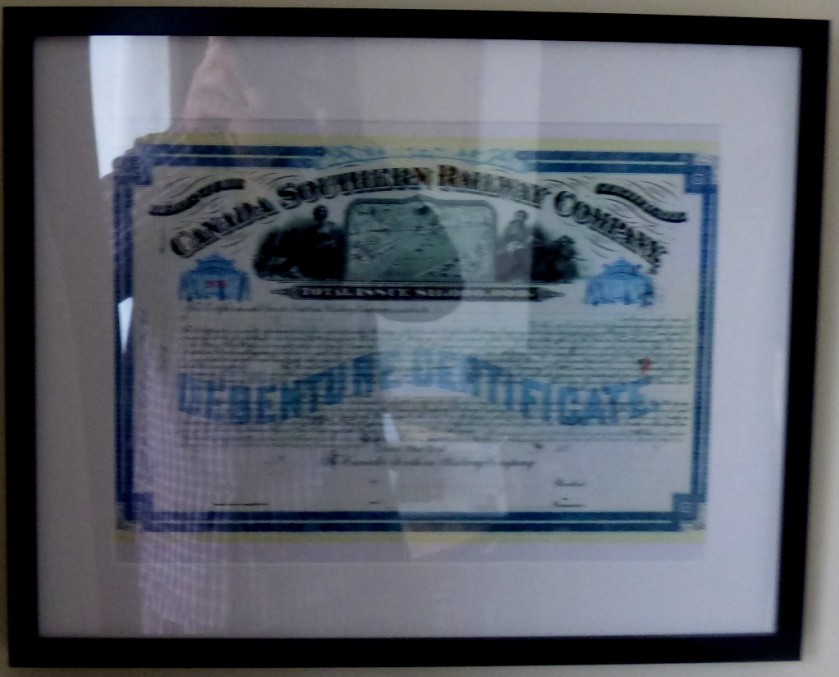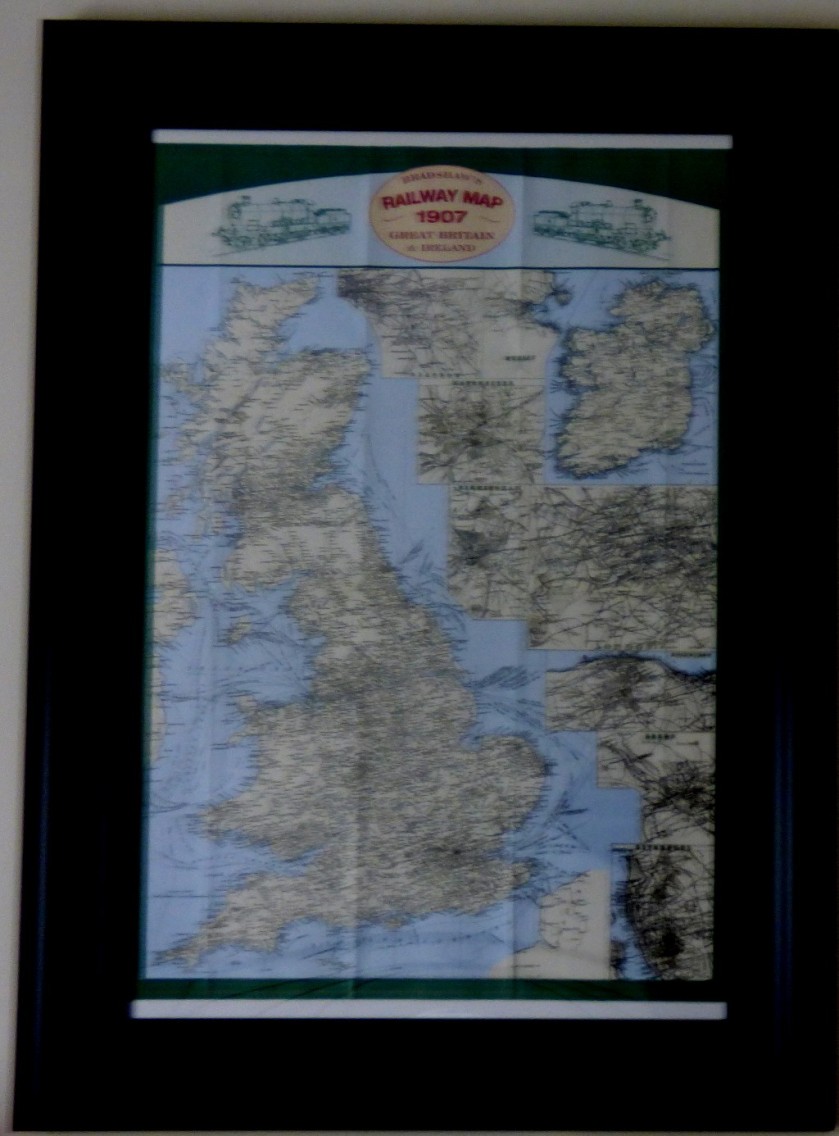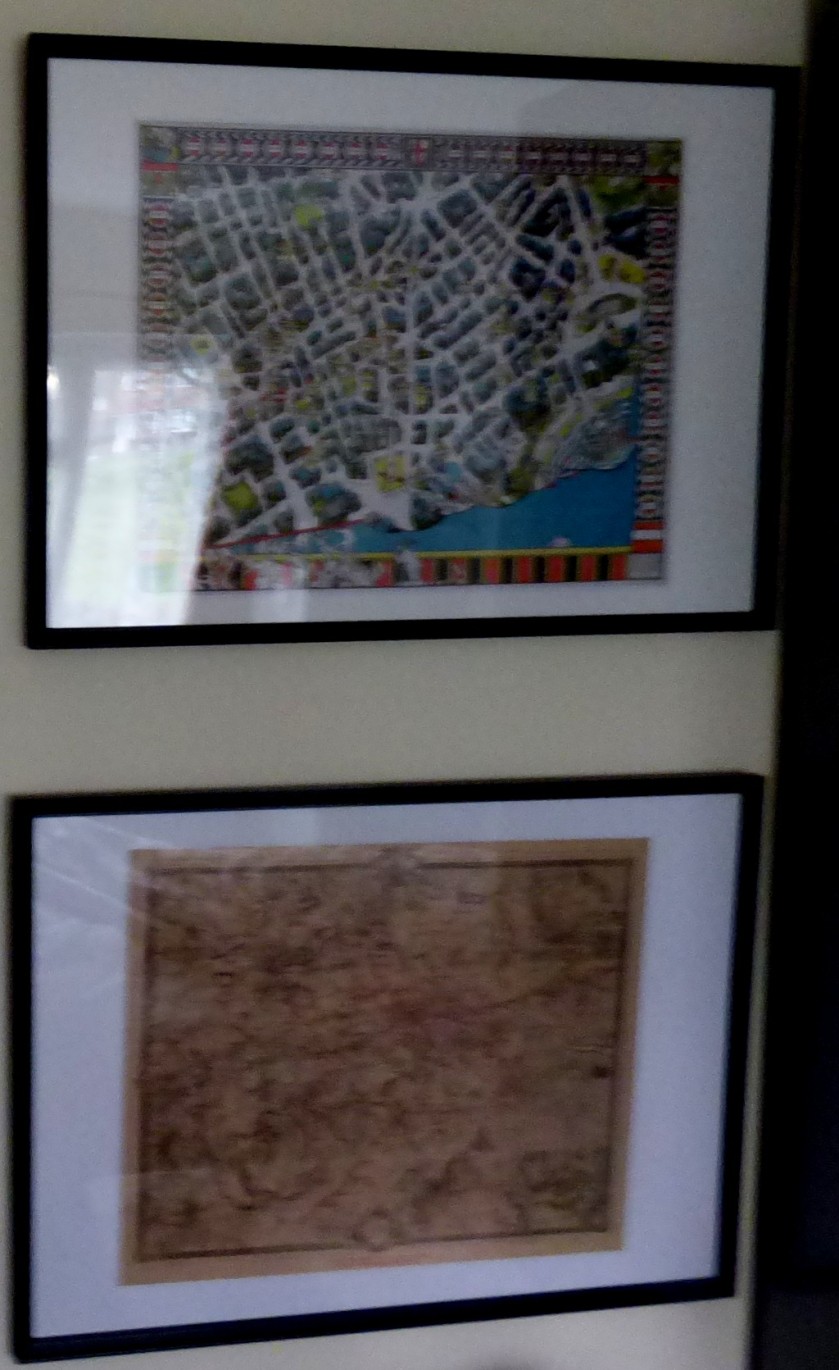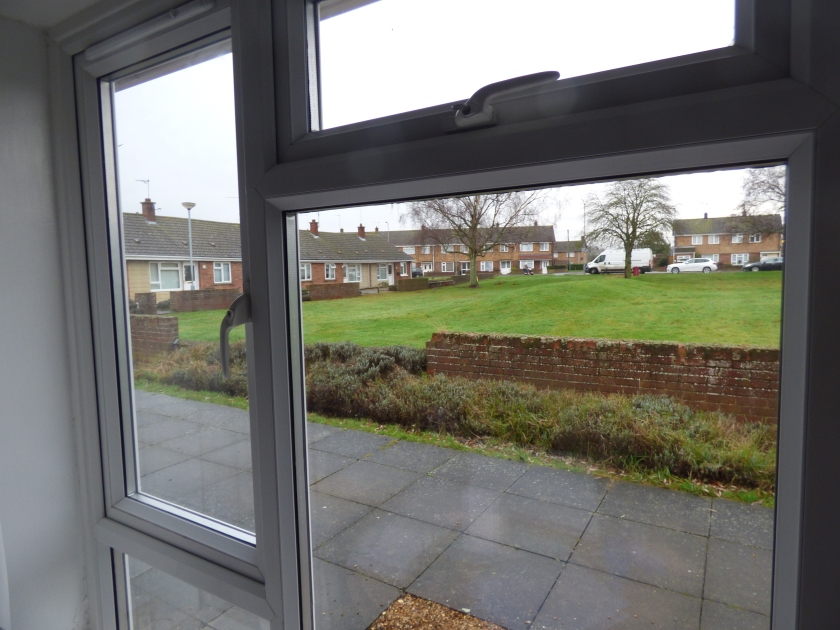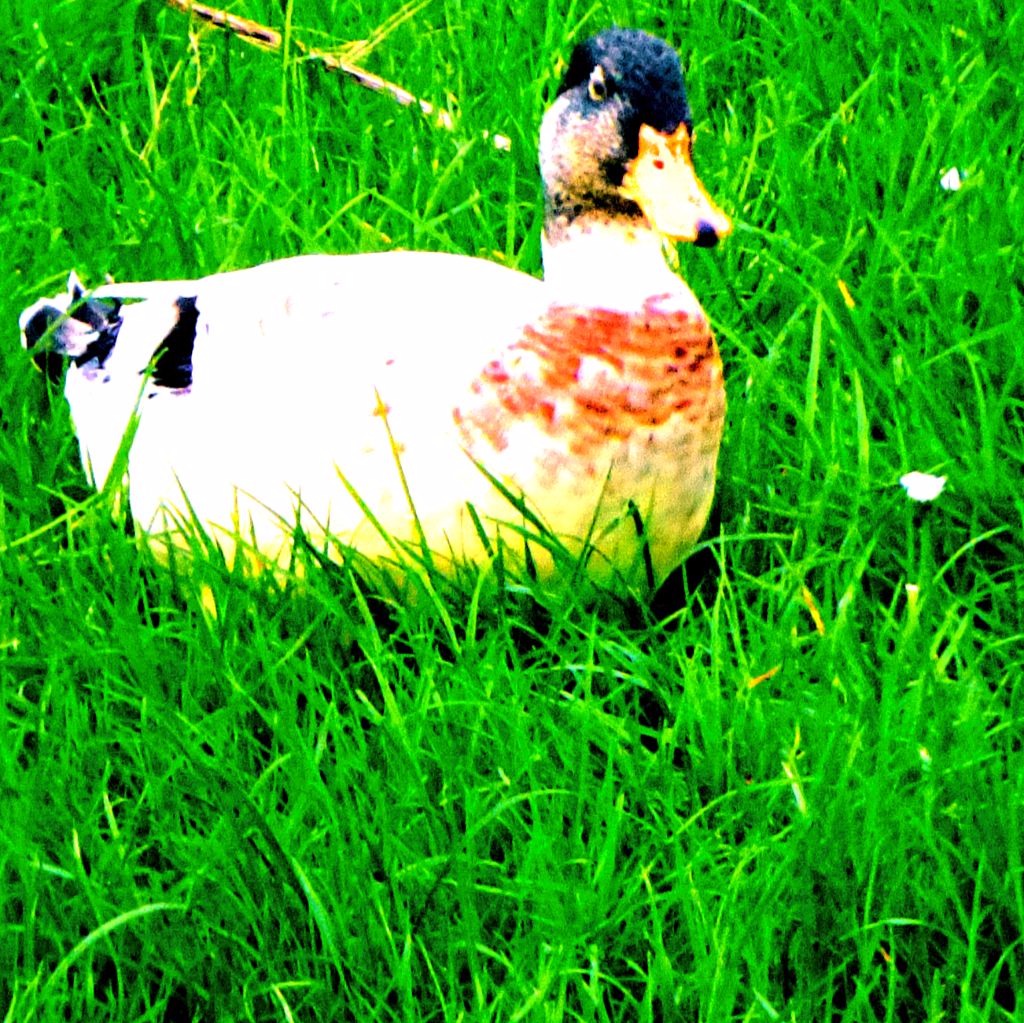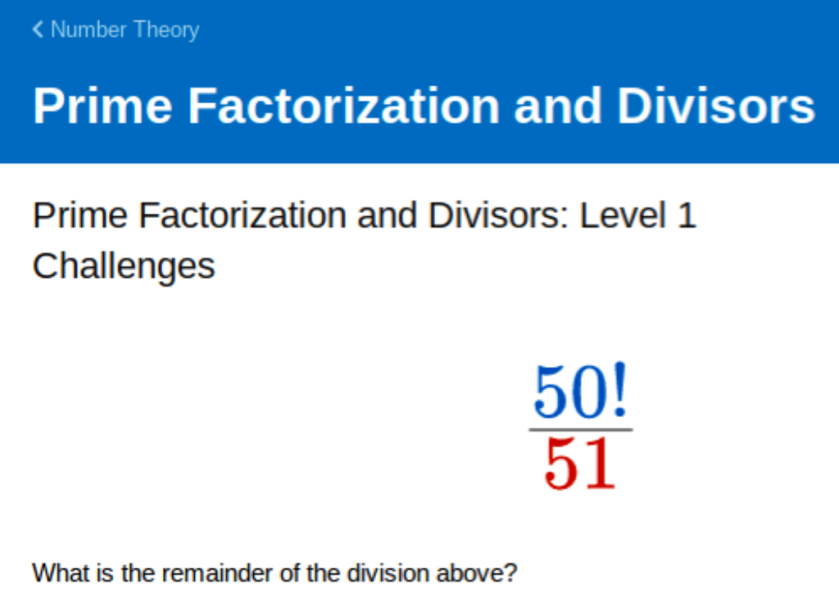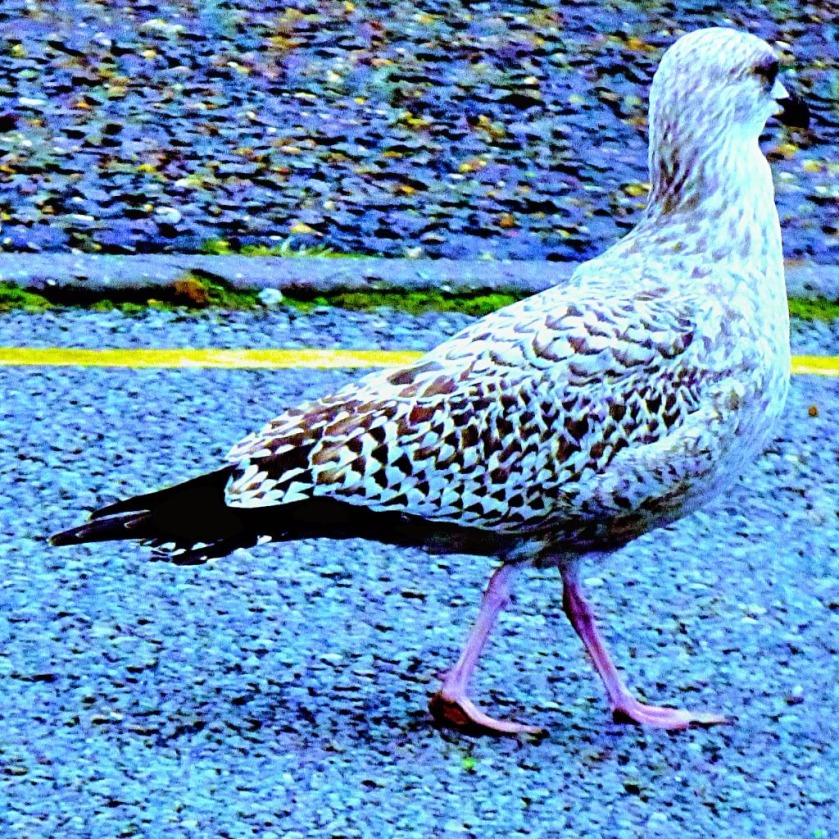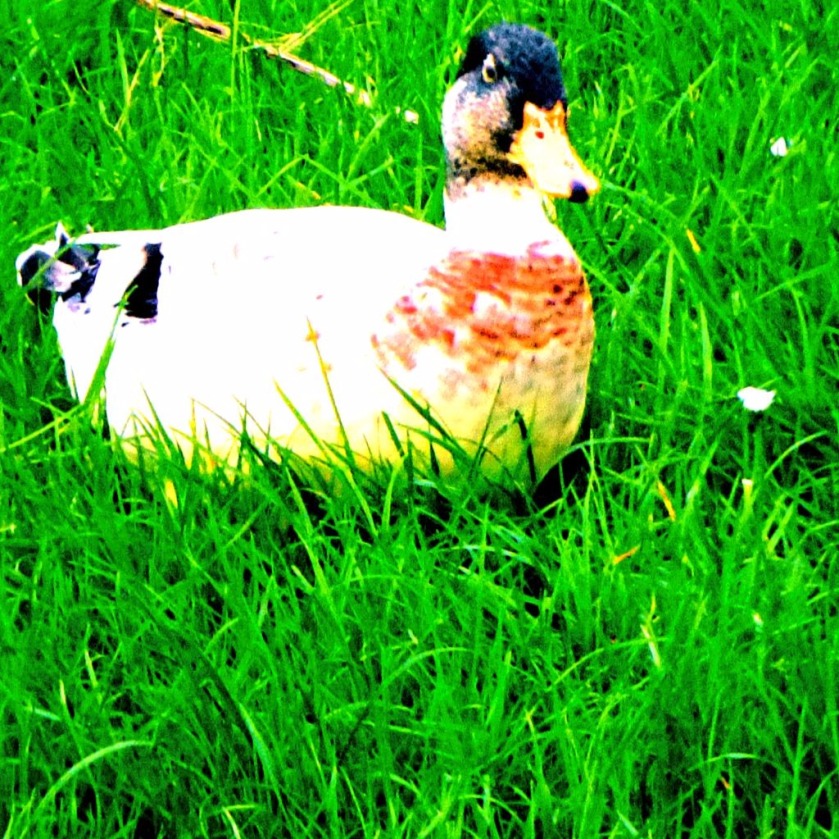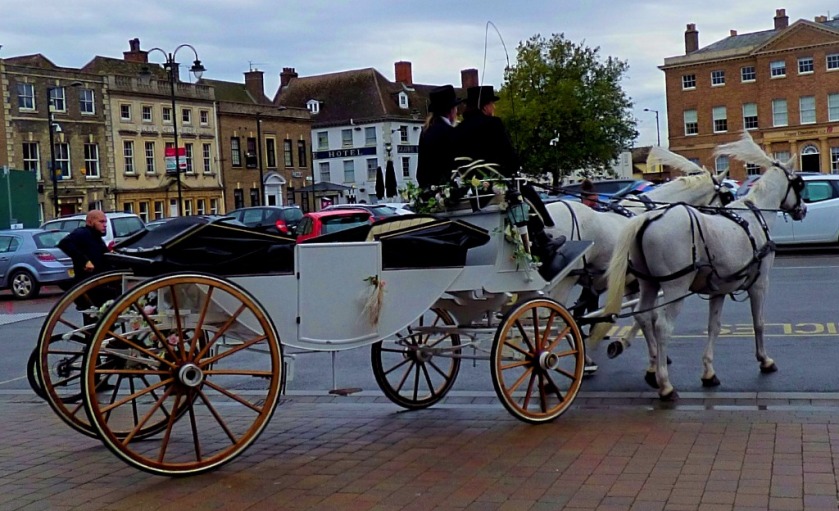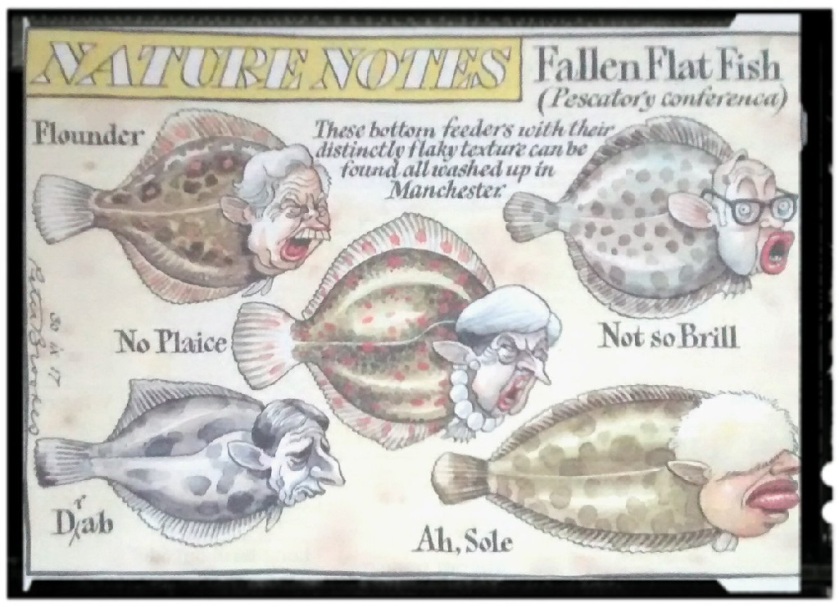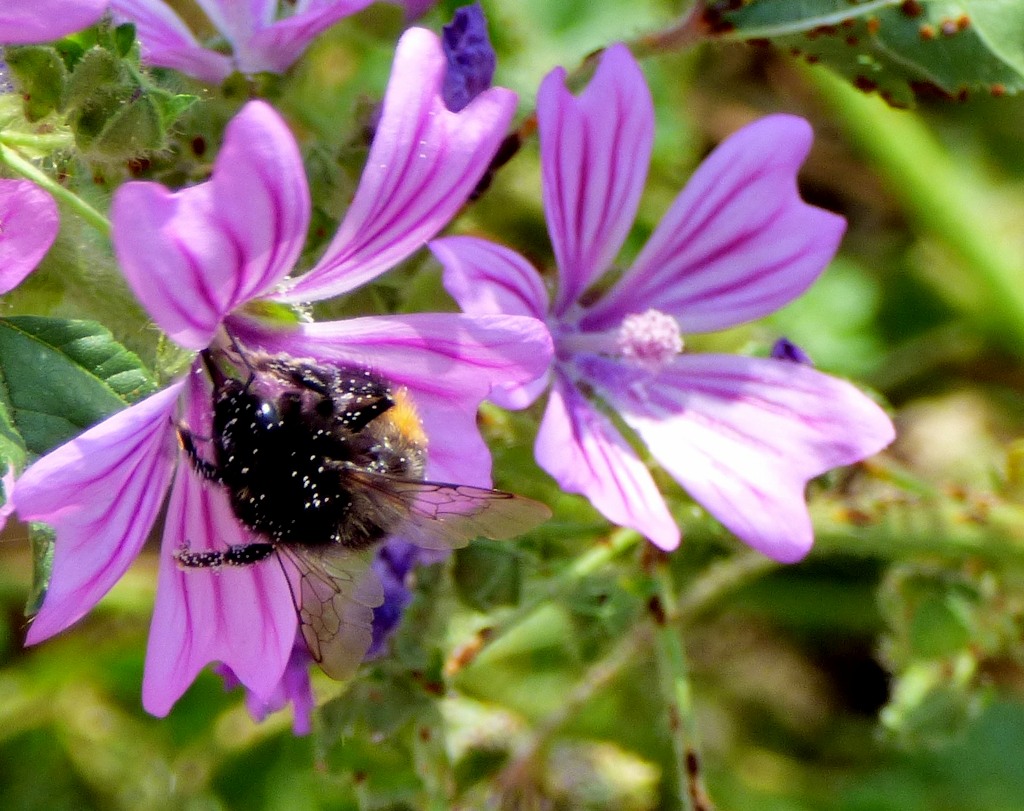Links to some important pieces about neurodiversity, and a few photographs at the end.
INTRODUCTION
This one is mainly a sharing post, before I finish with some of my photos. As always links will be in bold and in a different colour from the surrounding text. However, before moving on I give a special mention to Eve Hinson of americanbadassactivists who signposted me to a lot of the links I share below.
A SILENT WAVE SPECIAL
We start with an old favourite, Laina over at thesilentwaveblog, who has produced a gem of a post titled “15 More things not to say (or do) to an (this) Asperger’s / autistic person“. Here to whet your appetite is her first point:
1 – “Oh, you must be high-functioning.”
Please–Don’t Be That Person. Any sentence containing “you must be” is an assumption, and you know what They Say about the word “assume” and its spelling and all that.
If that weren’t filled enough to the brim with potential land mines, let’s factor in the sheer wrong-ness of the statement. Maybe I’m functioning OK today. And maybe, so are you. All is calm, all is bright.
But now, let’s stress the human system. Kind of like building an epic metropolis on SimCity and then tearing it down with Godzilla or something.
If the human system encounters a Godzilla attack that is destructive enough or lasts long enough, the system will suffer. It might even destabilize.
By assuming I’m “high-functioning” (whatever that even means anymore), people who say stuff like this are, by comparison, speaking poorly of those who act differently. Which, on many days, includes me.
Not only that, but they’re undermining the sheer force of will (and luck) it often takes for me to suppress my natural self and create a likable Pseudo-Me that gets past the social metal detectors.
Please, never make assumptions, never put anyone else down (even if it’s disguised as a compliment to my face), and never underestimate the energy it takes for me to persuade the world to accept me.
MUSEUM VISITING THE
“ART OF AUTISM” WAY
The Art of Autism website is a regular source of good material, and this piece, by Julie Blair is no exception. It is chock full of good advice on how to make a museum visit really work. Cited at the end of it is Lisa Jo Ruddy of autisminthemuseum which I also recommend.
NEUROCOSMOPOLITANISM
This section is one that I owe to Eve Hinson (see intro) – it was one of her posts that put me on to Nick Walker’s site, neurocosmopolitanism. I offer you four golden nuggets from this site and urge you to do some more exploring of your own:
- Neuro-what? – Nick’s opening post, in which he sets the scene for what is to follow and defines neurocosmopolitanism (a word of his own coinage). Here is a quote:
Neurocosmopolitanism goes beyond this baseline of acceptance, as cosmopolitanism goes beyond mere tolerance of cultural differences. The neurocosmopolitan seeks to actively explore, engage with, and cultivate human neurodiversity and its creative potentials, in a spirit of humility, respect, and continual openness to learning and transformation.
-
Throw Away the Master’s Tools: Liberating Ourselves from the Pathology Paradigm – In which Nick attacks what he calls “The Pathology Paradigm” and seeks to replace it with “The Neurodiversity Paradigm”:
The Neurodiversity Paradigm
Here’s how I’d articulate the fundamental principles of the neurodiversity paradigm:
- Neurodiversity – the diversity of brains and minds – is a natural, healthy, and valuable form of human diversity.
- There is no “normal” or “right” style of human brain or human mind, any more than there is one “normal” or “right” ethnicity, gender, or culture.
- The social dynamics that manifest in regard to neurodiversity are similar to the social dynamics that manifest in regard to other forms of human diversity (e.g., diversity of race, culture, gender, or sexual orientation). These dynamics include the dynamics of social power relations – the dynamics of social inequality, privilege, and oppression – as well as the dynamics by which diversity, when embraced, acts as a source of creative potential within a group or society.
- What is Autism? In which Nick sets out to provide an introductory definition of Autism. Here is paragraph 1 of his outline:
Autism is a genetically-based human neurological variant. The complex set of interrelated characteristics that distinguish autistic neurology from non-autistic neurology is not yet fully understood, but current evidence indicates that the central distinction is that autistic brains are characterized by particularly high levels of synaptic connectivity and responsiveness. This tends to make the autistic individual’s subjective experience more intense and chaotic than that of non-autistic individuals: on both the sensorimotor and cognitive levels, the autistic mind tends to register more information, and the impact of each bit of information tends to be both stronger and less predictable.
- Guiding Principles for a Course on Autism – Precisely what this title suggests. I quote the closing paragraph of principal 1:
So a good course on autism should actively and uncompromisingly promote the neurodiversity paradigm, just as a good African-American Studies course is actively and uncompromisingly anti-racist. Work based in the pathology paradigm, if it’s assigned at all, should be assigned only so that the instructor and students can critique it in order to hone the students’ skills at recognizing and critiquing such work.
IDENTITY FIRST/ PERSON FIRST
This one comes from Autism, Or Something Like It. Titled ““Autism Parent” and the Horrible Duplicity of the “Autism” Label” it explains why the designation autistic person, which happens to be preferred by the vast majority of #actuallyautistic people, is preferable to so-called ‘person first’ terminology. I quote three key paragraphs below:
As for me, I’ve been pretty black and white about my stance on this. Autism is not a set of behaviours, nor is it defined by the inability to perform tasks. Autism is a neurological difference, present at birth and scripted into genetic codes (for more on the definition of Autism that we use in our household, please see this fantastic post, What Is Autism?, by Nick Walker).
So when I say that Sam is Autistic, I am neither defining him by what he can do or what he can’t do; I am describing him by how his brain (probably the most fundamental part of who he is as a human being) functions and by how this set of differences sets him apart from people who are not Autistic.
And…
Unfortunately, in many cases, the zealous movement of ‘person first language’ actually reenforces that which it is trying to combat. By stating repeatedly that Autism is a (implied ‘negative’) label and should not “define” our children, what is inherently being done is underscoring the idea that Autism is something that should be perceived as ‘deviant’, as opposed to a naturally occurring divergence from normal.
MYTHBUSTERS (AUTISM VERSION)
I end the sharing part of this post with a piece presented in comic strip form on everyday feminism, titled “8 Things You Were Probably Taught About Autism That Are Completely Wrong“. I hope you will visit the post and sample all eight of it’s parts. As an aperitif here is number 3:

PHOTOGRAPHS
